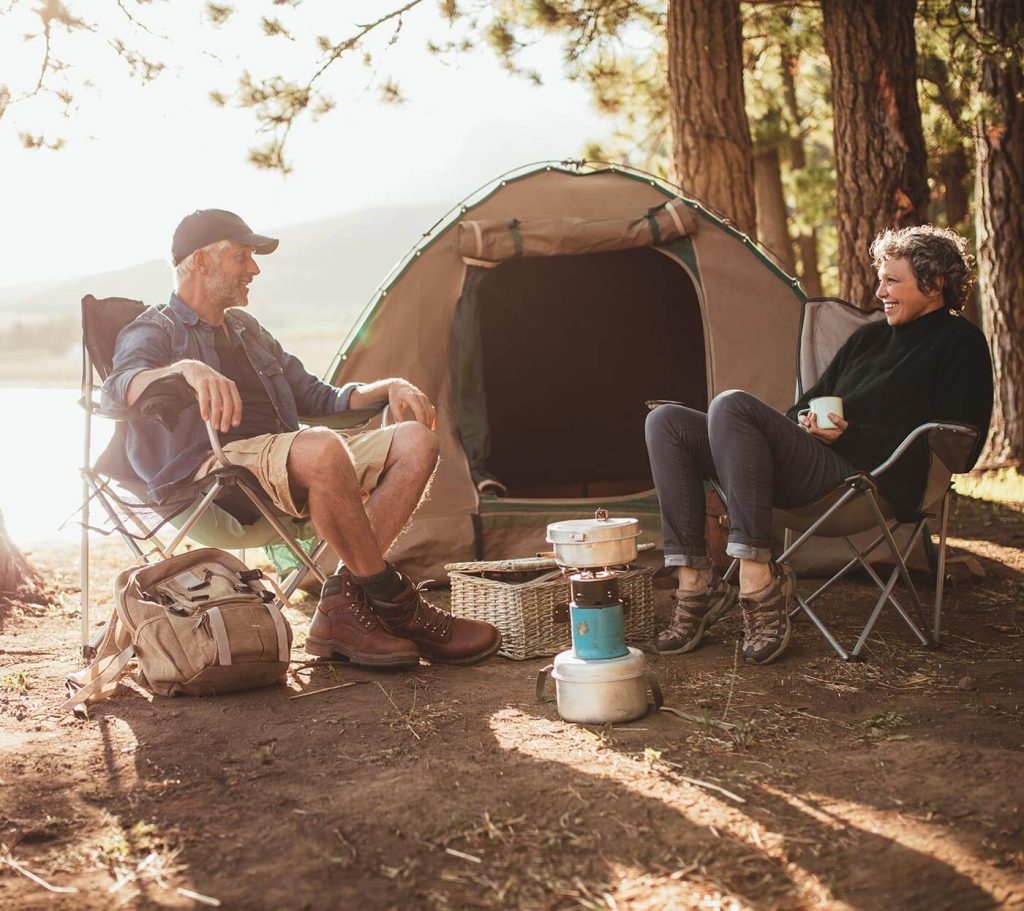Introduction
When disaster strikes, every second counts. The success of rescue missions can mean the difference between life and death. For procurement officers, NGOs, and emergency response teams, choosing the right rescue equipment is a daunting yet crucial task. These tools must be versatile, durable, and capable of withstanding extreme conditions. But how do you ensure your team has the best equipment? This guide will help you make informed choices, offering insights into the top tools for various disaster scenarios and the best practices for effective procurement.
Factors to Consider When Choosing Rescue Tools
1. Portability, Weight, and Size In the chaos of a disaster zone, efficiency is everything. Tools that are too bulky or heavy can slow down rescue efforts. When selecting rescue equipment, keep these factors in mind:
- Portability: Compact, foldable designs are best for easy transport.
- Weight: Lighter tools are ideal, helping your team move faster and reducing fatigue.
- Size: Tools must fit into tight spaces, such as those in collapsed buildings or narrow debris-filled areas.
Example: Kingray Company’s foldable rescue beds are a prime example of equipment designed for quick and efficient deployment.
2. Durability in Extreme Weather Conditions Disaster zones are often plagued by unpredictable weather. Whether it’s torrential rain, high winds, or extreme temperatures, your equipment must endure:
- Waterproofing: Crucial for tents, sleeping bags, and gear that need to resist heavy rain.
- Temperature Control: Insulated equipment can be lifesaving, especially in cold environments.
- UV Resistance: In scorching heat, UV-resistant materials ensure the equipment lasts longer.
Example: Kingray’s all-weather tents provide excellent UV protection, making them ideal for extreme conditions.
3. Multi-Functional Tools for Flexibility Flexibility is key when dealing with diverse disaster scenarios. Multi-functional tools not only save space but also enhance the speed of rescue operations.
- All-in-one designs: Rescue gear that also serves medical functions can save valuable time.
- Modular Equipment: Shelters and tents that adapt to changing environments are a must.
- Dual-use Tools: Items like sleeping bags that double as insulation mats can provide more versatility.
Example: Kingray’s modular shelter tents can easily be adapted to suit different disaster scenarios, from floods to fires.
Top Rescue Tools for Specific Disaster Zones
Different disasters require different tools. Here’s a breakdown of the best equipment for various disaster scenarios:
1. Flooding
- Waterproof Tents: Vital for shelter in areas affected by rising waters.
- Water Rescue Gear: Life vests, inflatable boats, and rescue rafts are essential.
- High-Quality Sleeping Bags: Water-resistant sleeping bags prevent hypothermia in flooded areas.
2. Earthquakes
- Compact Rescue Tools: Multi-tools designed for quick rescue from rubble.
- Lightweight Stretchers: Easy-to-carry stretchers for evacuating victims.
- Heavy-Duty Tents: Earthquake-resistant tents that withstand debris and aftershocks.
3. Fires
- Fire-Resistant Tents: Designed for use in wildfire zones, these tents are crucial for safe shelter.
- Protective Gear: Fire-resistant gloves, blankets, and suits for rescuers.
- Breathing Equipment: Smoke masks and respirators ensure rescuers can breathe in fire-affected areas.
Rescue Gear Checklist for Effective Disaster Response
Here’s a comprehensive list of essential rescue gear for any disaster zone:
Portable Shelters and Tents
- All-weather, fire-resistant, and waterproof tents.
- Modular shelters for fast deployment.
- Insulated sleeping systems.
Rescue Tools
- Hydraulic tools for vehicle extrications.
- Multi-functional cutting tools.
- Stretchers and rescue baskets for transporting the injured.
Personal Protective Equipment (PPE)
- Helmets, gloves, and fire-resistant clothing.
- Breathing apparatus for smoke-filled environments.
- Life-saving flotation devices for water rescues.
First Aid and Medical Supplies
- Portable medical kits with essential supplies.
- Tourniquets, bandages, and splints.
- Defibrillators for cardiac emergencies.
Communication Equipment
- Satellite phones and radios for remote communication.
- Flashlights and headlamps for nighttime operations.
Pro Tip: Regularly inspect and update your gear to ensure it’s ready for rapid deployment during emergencies.
Best Practices for Procuring Rescue Equipment
To ensure you have the best tools available when disaster strikes, follow these procurement best practices:
1. Evaluate Supplier Reliability Choose suppliers with a proven track record in delivering emergency response equipment. Look for those with detailed product certifications and experience in the field.
2. Focus on Quality Control Reliable equipment can save lives, so ensure that suppliers adhere to strict quality control standards.
3. Consider Customization Options Some suppliers, like Kingray, offer customizable products to suit your specific needs.
4. Leverage Strong Logistics Partnerships Ensure your order is delivered on time by partnering with reliable logistics providers.
5. Foster Long-Term Relationships Building long-term relationships with trusted suppliers ensures consistent access to top-tier equipment.
Call to Action
Ready to Source Your Rescue Equipment?
The time to prepare is now. Don’t wait for a disaster to strike before ensuring your team is equipped with the best rescue tools. Download our Procurement Checklist for Disaster Relief Equipment to streamline your purchasing process and guarantee your response team’s readiness.
For more information or to place an order, reach out to Lisa Wang at marketing@kingrayscn.com or visit www.kingrayscn.com.
Conclusion
Selecting the right rescue equipment isn’t just about meeting basic needs; it’s about ensuring your team is prepared for any challenge that comes their way. By choosing reliable, versatile tools and partnering with trusted suppliers, you can enhance the speed and efficiency of your disaster response efforts. The lives of those affected by disaster depend on your readiness. Take action today to equip your team with the best tools available.


